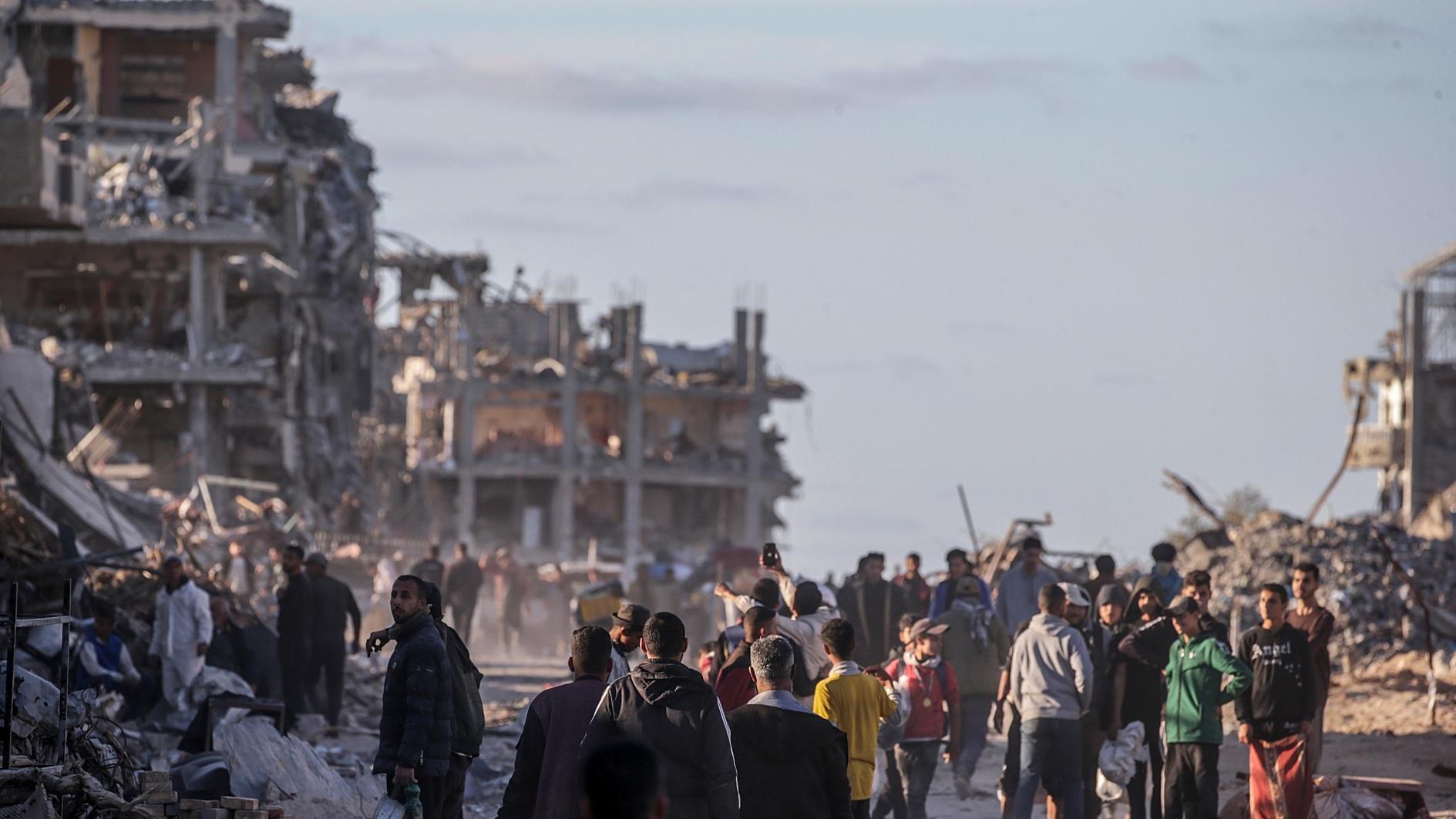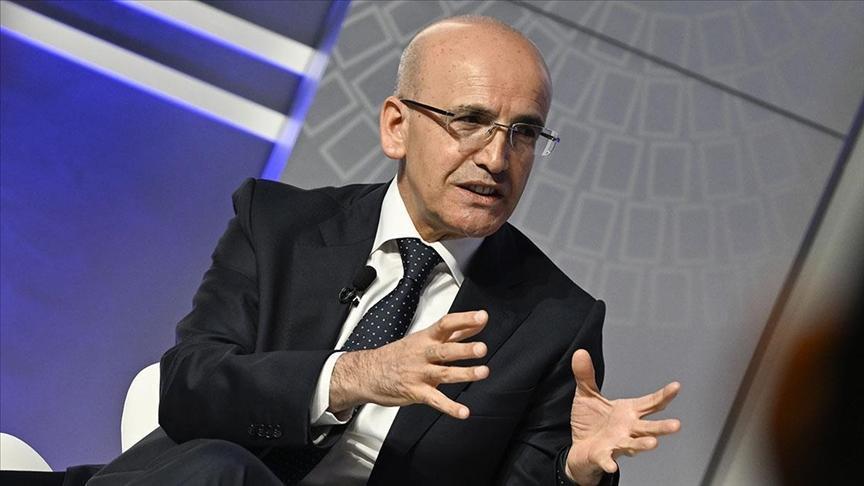Syria, Iraq and Lebanon: The new Af-Pak
ANNO BUNNIK
Developments in Syria, Iraq and Lebanon are so deeply intertwined that we might start speakingabout these countries in similar terms as we talk about Af-Pak.
In less than a decade, pro-Iranian forces have entrenched themselves in Damascus and seized near absolute power in neighboring Baghdad and Beirut. The structural marginalization of the Sunnis in Iraq and Lebanon is splitting these communities as evident from the rise of jihadi groups. This is the context of the Syrian conflict.
Three years after the Arab uprising, the “Syrian revolution” is dead and to label it the “Syrian conflict” would not entirely be right either. Due to its entanglement with existing political and sectarian divisions in Iraq and Lebanon, the war is no longer strictly confined to Syria: the region is witnessing the emergence of a single theater of war in what we could call the SIL region.
Some would argue this is solely the consequence of a spillover of the Syrian conflict into neighboring states, but that is too simplistic. After all, the consequences of the war are totally different to its other neighbors, Turkey, Jordan and Israel. They, too, feel the burden (notably Jordan, in terms of refugees), but their fate is far less dependent on developments in Aleppo and Damascus.
The social fabric of society and the political alignments in Iraq and Lebanon, however, follow very similar fault lines as is the case in Syria. The SIL region faces a shared predicament: fragile state institutions, growing Sunni marginalization and, consequently, the rise of al-Qaeda-affiliated (or originated) groups that increasingly operate irrespective of national borders. As a result, domestic politics in all three countries is no isolated affair.
The Iranian belt of influence stretches from Afghanistan to the Mediterranean Sea. But this hegemonic position is increasingly under threat from jihadi groups such as Jabhat al-Nusra (JN), the Islamic State of Iraq and Greater Syria (ISIS), the Abdullah Azzam Brigades (AAB) and Jabhat al-Nusra in Lebanon (JNL).
The majority of Sunnis still support moderate political parties, such as Saad Hariri’s Future Movement and the Iraqi Islamic Party, which operate within the democratic system but with little success. The longer those parties are shunned from the centers of power the more attractive the jihadi alternative will become.
The old adage is at play here: if one cannot achieve participation through non-violent means, violence becomes a credible and legitimate alternative to some. It should therefore come as no surprise that the opposition is becoming increasingly militarized.
The violent response to the power grab of pro-Iranian forces over the state apparatus and its security forces is twofold: Shiite neighborhoods and state institutions have become a legitimate target for the various jihadi groups. In addition to the surge in anti-Shiite terrorism, the region is witnessing an increase in attacks on the Iraqi and Lebanese Armed Forces, which are perceived to be tools of Iran.
The takeover of the Syrian, Iraqi and Lebanese state by pro-Iranian forces paints a complex and dark p
icture for the future. If the Sunnis continue to be excluded from decision-making, more and more
young men will opt for the black flag of al-Qaeda instead. This is the shared predicament that Syria, Iraq and Lebanon face.











